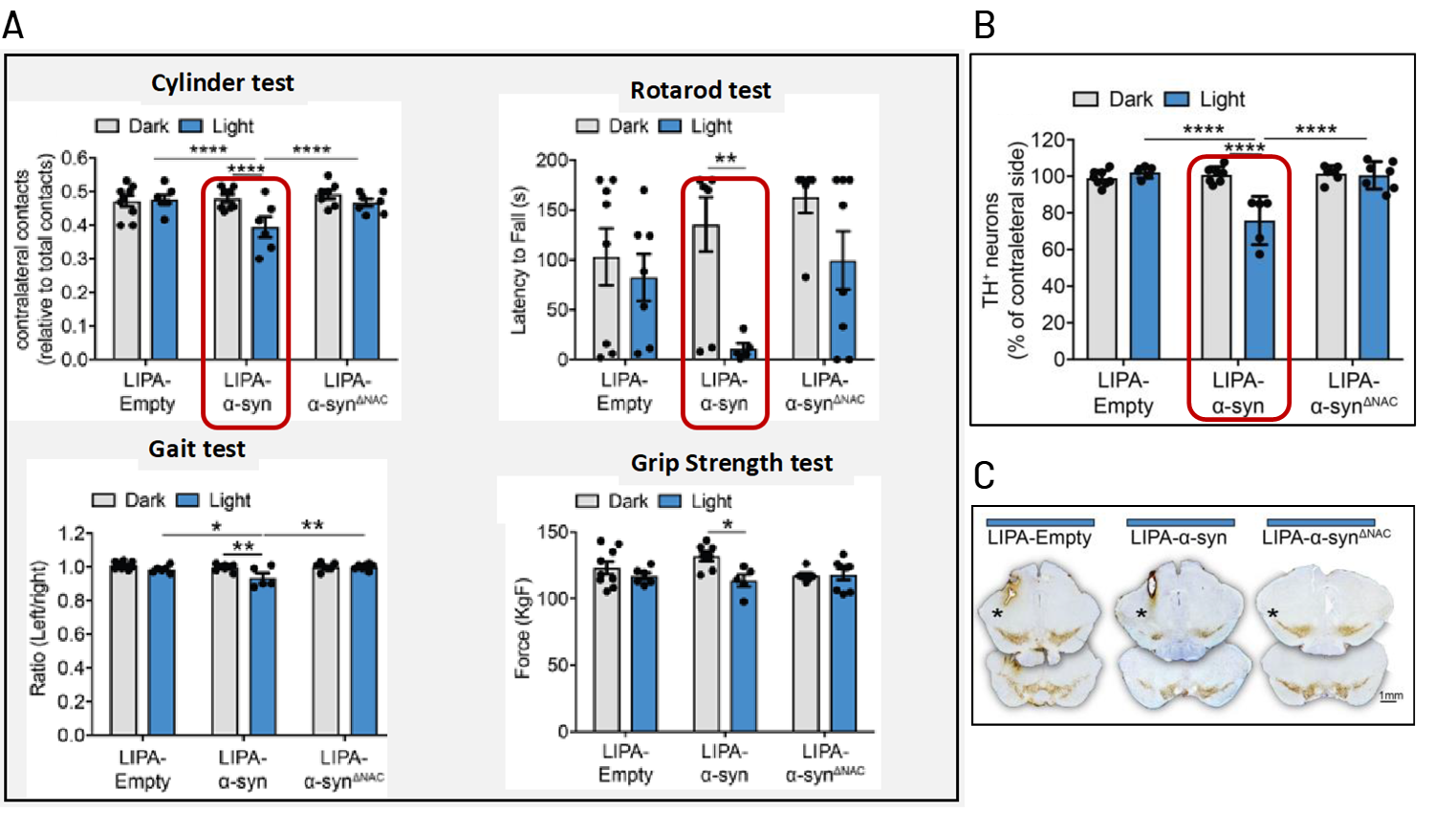UNMET NEED
Many neuropsychiatric diseases, such as Parkinson, Huntington, and Alzheimer diseases are characterized by the formation and accumulation of protein aggregates, Lewy bodies for example. Symptomatic treatments for neurodegenerative disorders and proteinopathies lose efficiency over time and are prone to adverse effects. The development and evaluation of disease-modifying drugs is hampered by the lack of disease-relevant biological (in vitro and in vivo) models.



